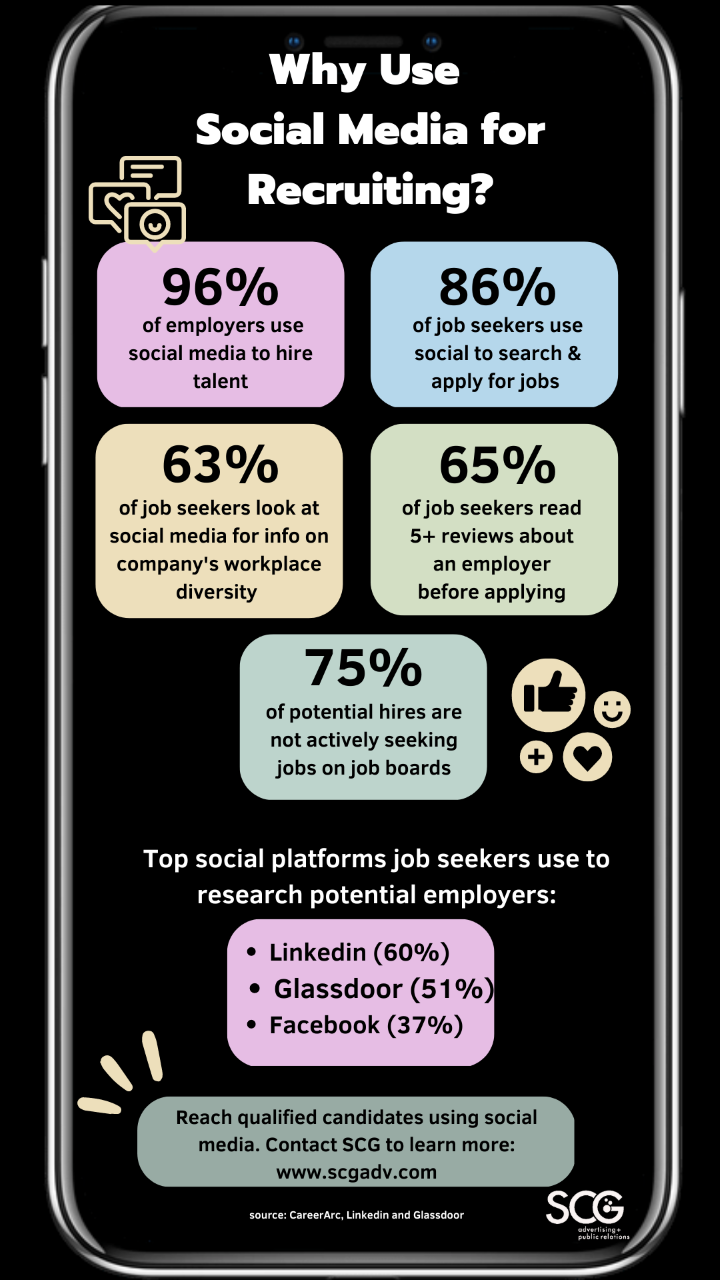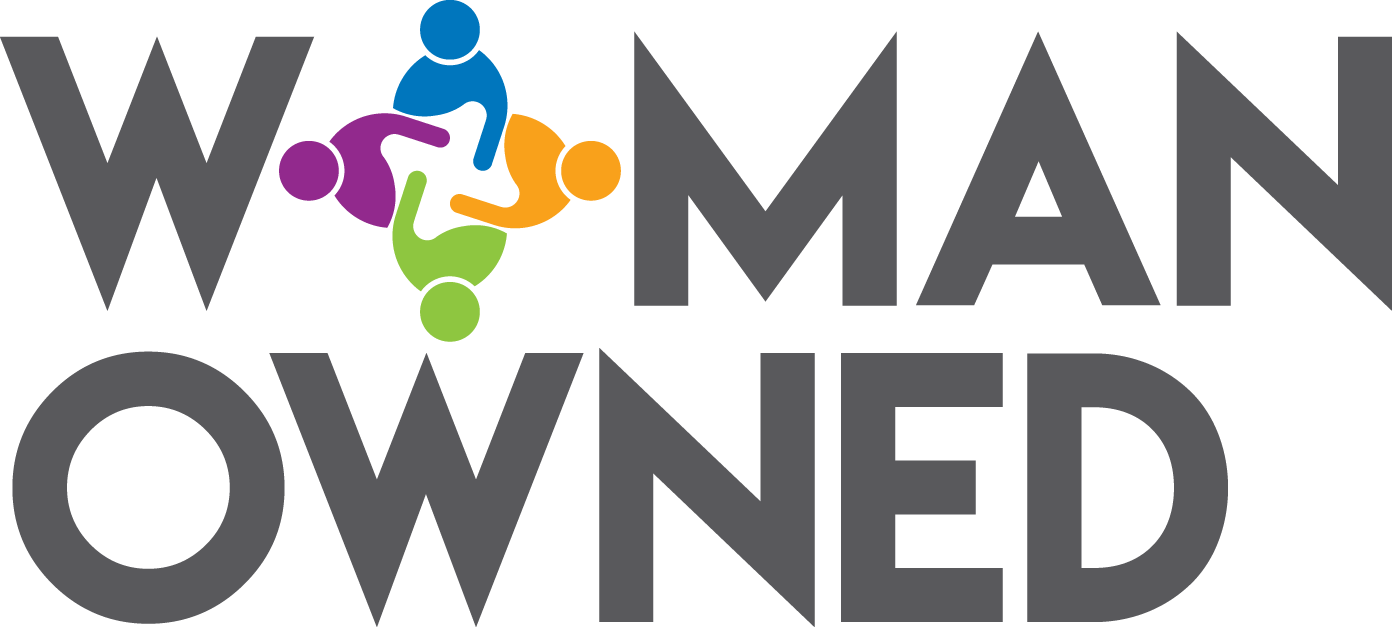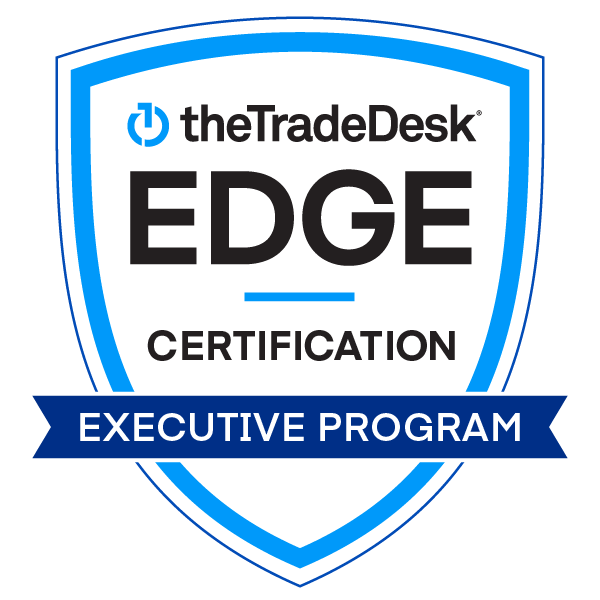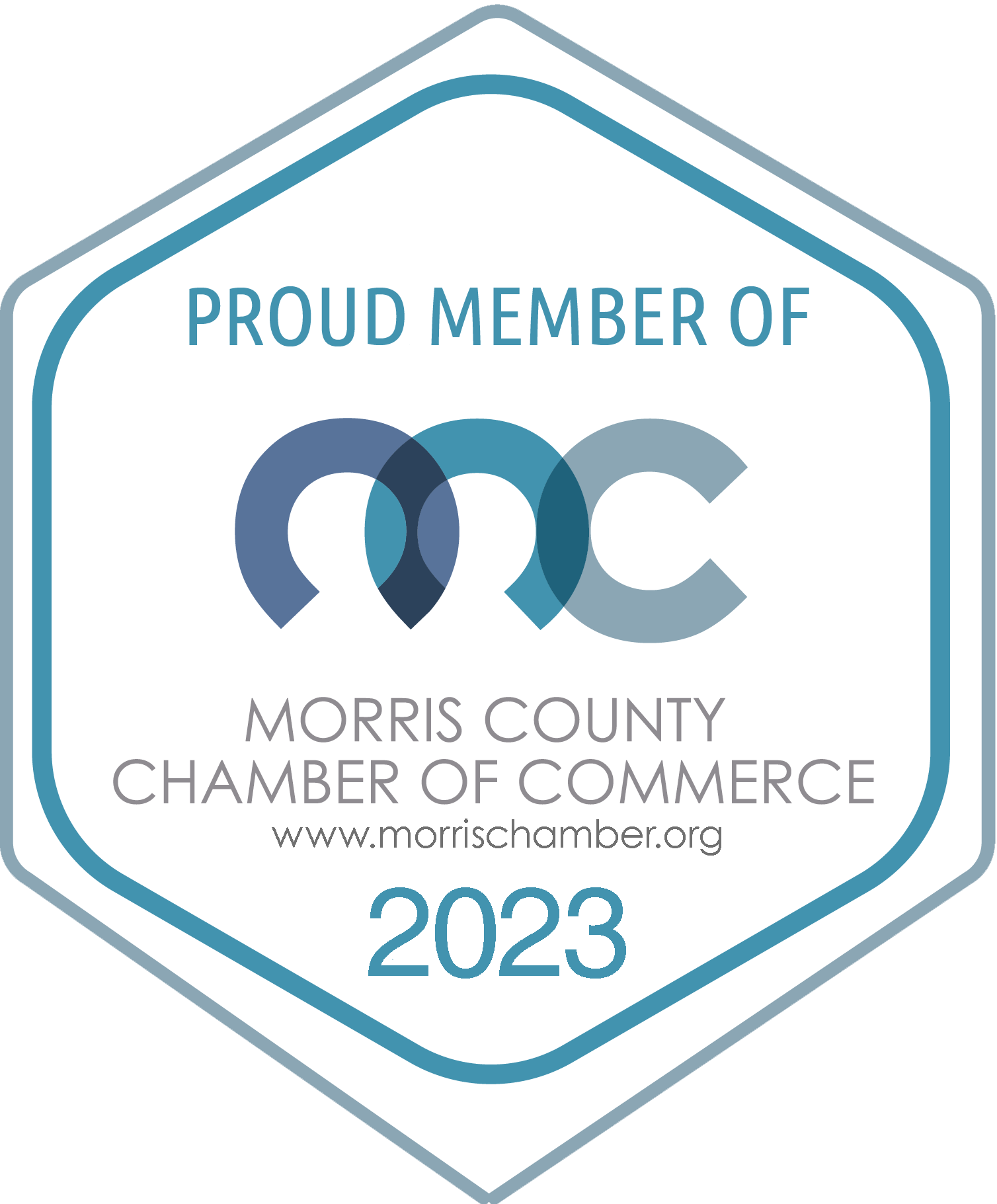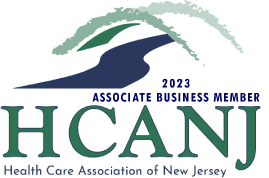
Forbes recently published an article reporting the results from “The Harris Poll” 2024 streaming survey with the headline: “New Report Shows Streaming Viewers Warming To Ad-Supported Content.”
Personally, I think the majority of people are probably like me. It’s not that we’re warming to the ads, but we’re just not willing to pay extra for ad-free.
Check out these streaming stats:
- 99% of all U.S. households pay for at least one or more streaming services (OnePoll 2024)
- 56% of viewers stream 1-3 hours in a sitting and 40% binge-watch at least 3 hours at a time (HarrisPoll 2024)
- 58% of viewers said they would watch ads if it meant saving the cost of an extra coffee per month (HarrisPoll 2024)
As streaming becomes more universal and prices continue to increase, more viewers are opting for the ad-supported plans, presenting huge opportunities for advertisers.
What is Over-The-Top (OTT) Advertising?
Over-the-top advertising refers to the delivery of ads via streaming media services that are shown directly to viewers over the internet, bypassing traditional cable, broadcast, and satellite TV platforms. OTT ads run on streaming platforms and reach users on multiple devices, including computers, mobile phones, gaming consoles, smart TVs, and any other device which can access streaming services. So when you’re binge-watching your favorite series on Hulu and you are forced to watch ads in the middle of your show, that’s OTT advertising.
You may also hear the term CTV, or Connected TV. While CTV and OTT tend to be used interchangeably, CTV technically refers to the device, in this case a Smart TV, streaming stick or gaming device, that is used to deliver the OTT advertising via a television screen.
Why Incorporate OTT Advertising into Your Strategy?
- Massive Audience: Reach people where they are spending majority of their time
- Advanced Targeting Abilities: Deliver personalized ads to viewers based on demographics, interests, geography and viewing habits.
- Ad Dollars Go Farther: Minimal ad waste due to targeting abilities and audience segmentation
- Increased Engagement: Reach viewers right on the screen they are already viewing, where most will not skip or change browsers.
- Cross-Device Targeting: Reach viewers across household devices increasing visibility
- Raises the Bar for Creativity: Viewers favor ads that are personalized, funny, short and feature catchy music or tell a story.
- Robust Analytics: Ability to track, optimize, and refine strategy in real-time and use data-driven audience insights
- Stay Ahead of the Curve: Capitalize on the technology and gain competitive advantage
Ready to get started? Let SCG help develop your OTT strategy and engage your audience in an exciting new way.
Read more on the streaming survey reports here:
https://www.forbes.com/home-improvement/internet/streaming-stats/
Based out of our Haddonfield, NJ office, Regina Liu, Director of Recruitment Marketing started her career with SCG as an intern and has been a part of the team ever since. She specializes in developing innovative talent acquisition strategies across various industries, with a focus on employer branding, recruitment advertising, and digital marketing. Additionally, she oversees the company’s social media efforts.





